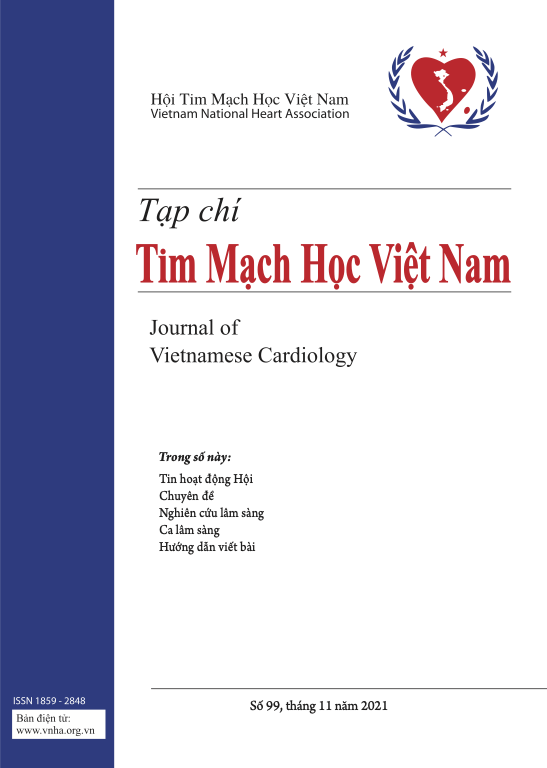Triệt đốt rối loạn nhịp nhĩ bằng áp lạnh: Cơ hội và thách thức
Tóm tắt
Triệt đốt rối loạn nhịp nhĩ bằng áp lạnh: Cơ hội và thách thức
Tài liệu tham khảo
1. Haissaguerre, Michel, et al. “Successful catheter ablation of atrial fibrillation.” Journal of cardiovascular electrophysiology 5.12 (1994): 1045-1052.
![]()
2. Calkins, Hugh, et al. “2017 HRS/EHRA/ECAS/APHRS/SOLAECE expert consensus statement on catheter and surgical ablation of atrial fibrillation.” Ep Europace 20.1 (2018): e1-e160.
![]()
3. Hindricks, Gerhard, et al. “2020 ESC Guidelines for the diagnosis and management of atrial fibrillation developed in collaboration with the European Association for Cardio-Thoracic Surgery (EACTS) The Task Force for the diagnosis and management of atrial fibrillation of the European Society of Cardiology (ESC) Developed with the special contribution of the European Heart Rhythm Association (EHRA) of the ESC.” European heart journal 42.5 (2021): 373-498.
![]()
4. Kirchhof, Paulus, and Hugh Calkins. “Catheter ablation in patients with persistent atrial fibrillation.” European heart journal 38.1 (2017): 20-26.
![]()
5. Rostock, Thomas, et al. “Atrial fibrillation begets atrial fibrillation in the pulmonary veins: on the impact of atrial fibrillation on the electrophysiological properties of the pulmonary veins in humans.” Journal of the American College of Cardiology 51.22 (2008): 2153-2160.
![]()
6. Andrade, Jason G., et al. “Cryoballoon or radiofrequency ablation for atrial fibrillation assessed by continuous monitoring: a randomized clinical trial.” Circulation 140.22 (2019): 1779-1788.
![]()
7. Chen, Yi-He, et al. “Cryoablation vs. radiofrequency ablation for treatment of paroxysmal atrial fibrillation: a systematic review and meta-analysis.” EP Europace 19.5 (2017): 784-794.
![]()








